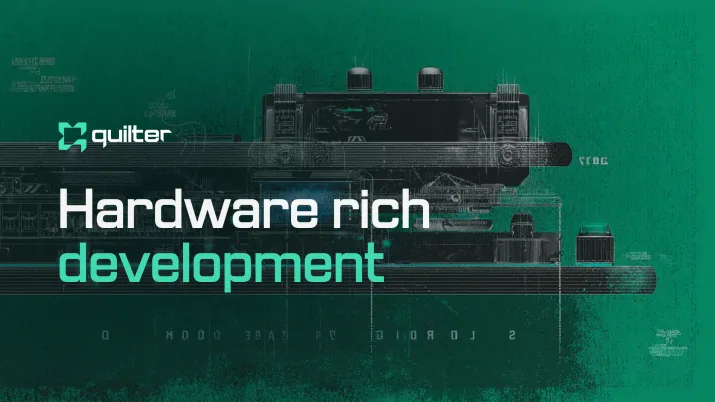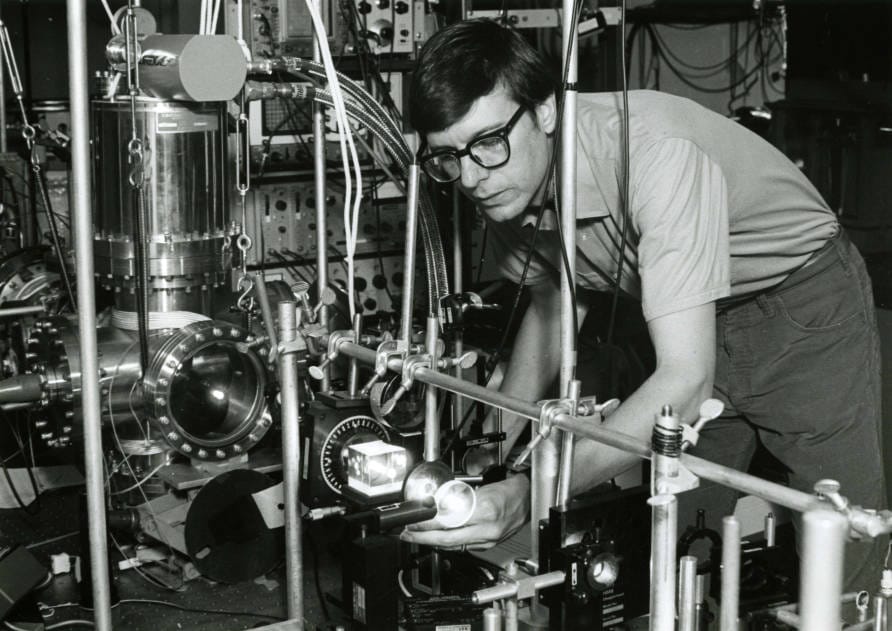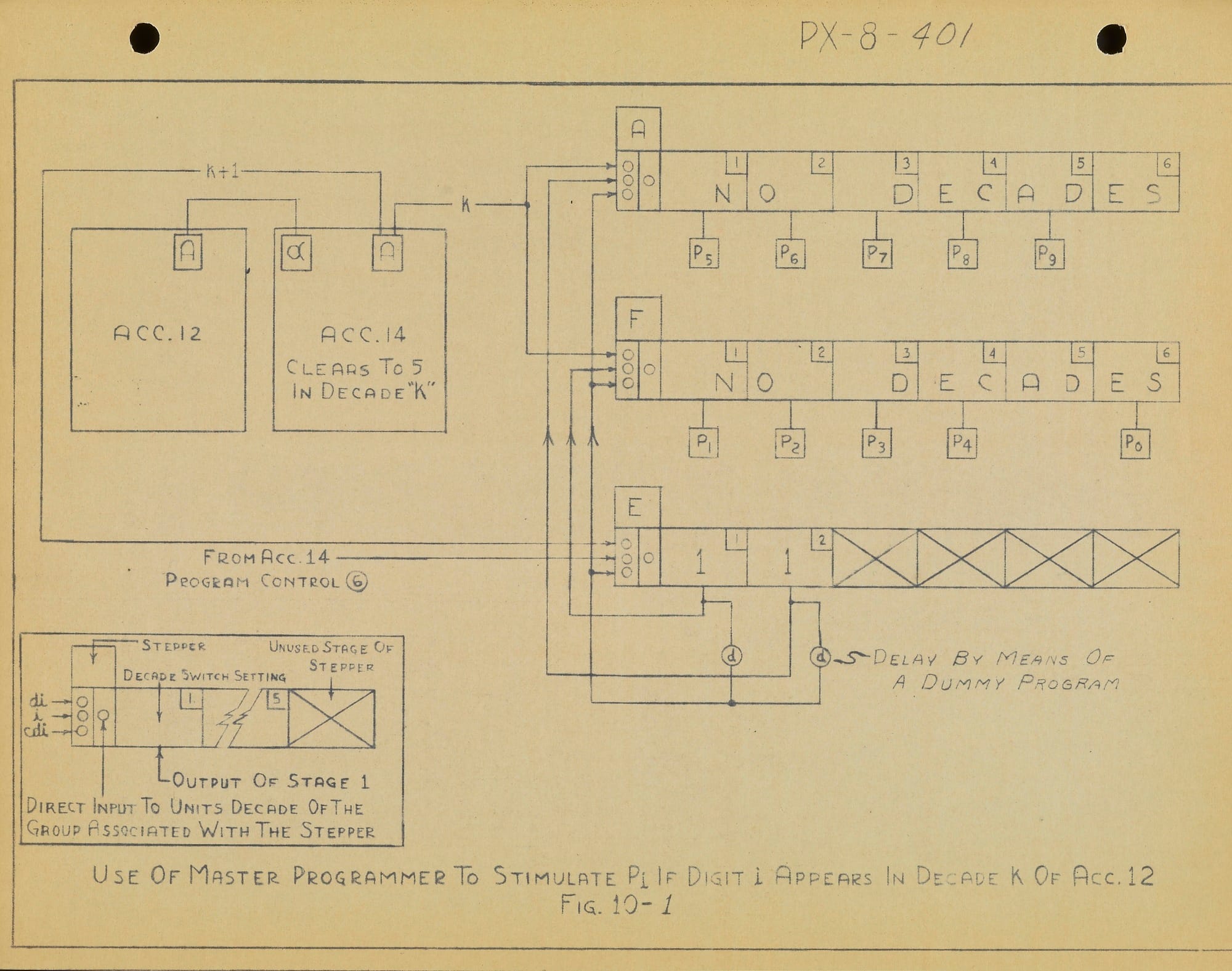Lasers, Electrons, and the Courage to Build the Impossible
Based on a conversation with Dr. Björn Manuel Hegelich, founder and CEO of TAU Systems | Hardware Rich Development

"We hold the world record for laser-accelerated electrons: 10.4 GeV from a 10 cm gas cell. That’s not theory. That’s a thing we built." — Björn Manuel Hegelich
Why Build Something Big, Dangerous, and Brilliant?
Some people talk about physics in a way that makes it feel abstract, like a paper you won’t finish reading. Dr. Björn Manuel Hegelich doesn’t do that. He talks about physics like a guy who built a laser in his garage, blew something up once, then figured out how to control it, package it, and make it useful.
We sat down to talk about TAU Systems and the journey from lab experiments to production machines. What I found wasn’t just a founder with technical chops, but someone who’s been following the trail for a lifetime and still sounds excited when he explains what a plasma wakefield is.
It struck me that this isn’t a story about ambition: it’s a story about staying close to the core of what makes something worth doing. It’s about being willing to invest time and energy into the strange, hard, very physical problems that most people shy away from. And then, one day, shipping them.
From Physics Lab to Production Floor
When Dr. Hegelich began his PhD, laser-plasma acceleration was barely real. A field in its infancy. A collection of theories, risky experiments, and late nights debugging things no one had names for. What kept him going was the sense that this wasn’t just research. It was potential.
After Los Alamos and UT Austin, after years of proving the physics, he hit a fork in the road: keep studying the phenomenon or try to bring it into the world as a tool. He chose the latter. And TAU was born.
The result is a machine that takes up far less space than a conventional accelerator and still hits electron energies over 10 GeV. That’s higher than many massive government installations, and it comes from a gas cell you can hold in your hand.
Still, getting from academic breakthrough to production unit takes more than theory. It takes a team.

On Geniuses, Egos, and Getting the Right People
Dr. Hegelich’s team includes everyone from freshly graduated engineers to national lab veterans. His VP of Accelerators used to lead the entire accelerator division at Los Alamos. Now he’s working with a handful of students and helping build something new.
Dr. Hegelich’s philosophy resonates: he hires people who are brilliant in one area and humble enough to ask about the rest. That’s a rare mix.
He said something that stuck with me: "No one is smarter than everyone else. But everyone should be smarter than you at something."
It’s a reminder that great teams are uneven on purpose. You want spikes. And you want people who can get their hands dirty, no matter what title they held at their last job.
Ask the Dumb Question
I’ve seen firsthand how fear stifles progress. Smart people don’t want to look dumb, especially in front of a whiteboard or in front of the senior lead. So they don’t ask. And things break later.
Dr. Hegelich has made a habit of admitting what he doesn’t know. He does it publicly. Not performatively, but practically.
"I don’t understand this—can you explain it again?" is a phrase he says often. It sets the tone. It gives others permission to do the same.
Sergiy Nesterenko, who joined the conversation, echoed this idea. He mentioned that every time he asked a question, someone else would thank him after. They’d say, “I didn’t know either. I’m glad you spoke up.”
It’s a powerful culture shift when leadership opens space for uncertainty.
A Note About Good Professors
Listening to Dr. Hegelich talk about his transition from academia to startup life, I kept thinking about the good professors I’ve had. The ones who didn’t just publish papers and hand out problem sets, but who stayed after class, who argued with you in lab, who pushed you without breaking you.
Recently talking with some of the other employees at Quilter, I enjoyed hearing them discuss the various fields of engineering as, academically, learning that everything is an approximation: treating heat transfer as a panacea for finding the, “Well we don’t know how to do this but if it’s behaving like this then technically it should follow these rules,” type of solutions. It wasn’t just about understanding equations. It was caring about whether they mapped to reality. The reason I understand how thermal gradients interact with metal fatigue isn’t because of the textbook. It’s because they were made real.
Dr. Hegelich clearly carried that same kind of care forward. Not only does he hire his former students, he invests in them the way only someone who’s spent time grading lab reports can.
We need more of that. More mentors who love the work and love the people who want to do the work.
Building Big Things Without Waiting
TAU Systems is tackling major problems in electronics testing, medical radiation therapy, and particle physics. They’re not solving these with abstract slides or investor hype. They’re solving them with tightly focused electron bunches, relativistic wakefields, and careful engineering.
When I asked Dr. Hegelich how he thinks about building in this space, he admitted it’s not easy. Saying no is a daily requirement. Prioritizing when everything feels important is part of the job. But it helps to know what matters.
He’s still involved in the research, still tweaking the systems, still running simulations on national lab supercomputers. He’s also stepping back when needed. Delegating. Trusting. Trying to fire himself from the roles he used to love most.

Takeaways for Builders, Dreamers, and Engineers in Waiting
If you’re holding a tough idea, or if you're standing at the edge of your own strange ambition, here are a few thoughts to carry forward:
1. Start Before You're Ready
Dr. Hegelich didn’t have everything figured out when he spun out of UT. He had conviction and a few key collaborators. That was enough to begin.
2. Don’t Wait for a Gatekeeper
No one asked Dr. Hegelich to commercialize laser-based particle acceleration. He just looked around and realized he could.
3. Ask Questions Out Loud
The people in the room probably don’t know either. And they’re waiting for someone to say it first.
4. Be Willing to Let Go
Whether it’s engineering tasks or control over decisions, you grow faster when you trust the right people.
5. Hire People Who Want to Build
It doesn’t matter where they came from. If they show up curious and ready to solve problems, give them a shot.
"We’re just beginning. There’s a lot more to build. And it’s not going to be easy. But it is going to be worth it." — Björn Manuel Hegelich
If you're holding onto an idea, and you’re wondering if it’s too soon, too strange, or too difficult—here’s your sign. Stop waiting. Start building.
Hardware Rich Development is a series from Quilter.ai that explores what it means to build high-integrity hardware in a fast-moving world. If you’re leading an engineering team or driving technical decisions in your organization, and you’d like to share your insights, reach out.
We’re building a community around better hardware thinking.

